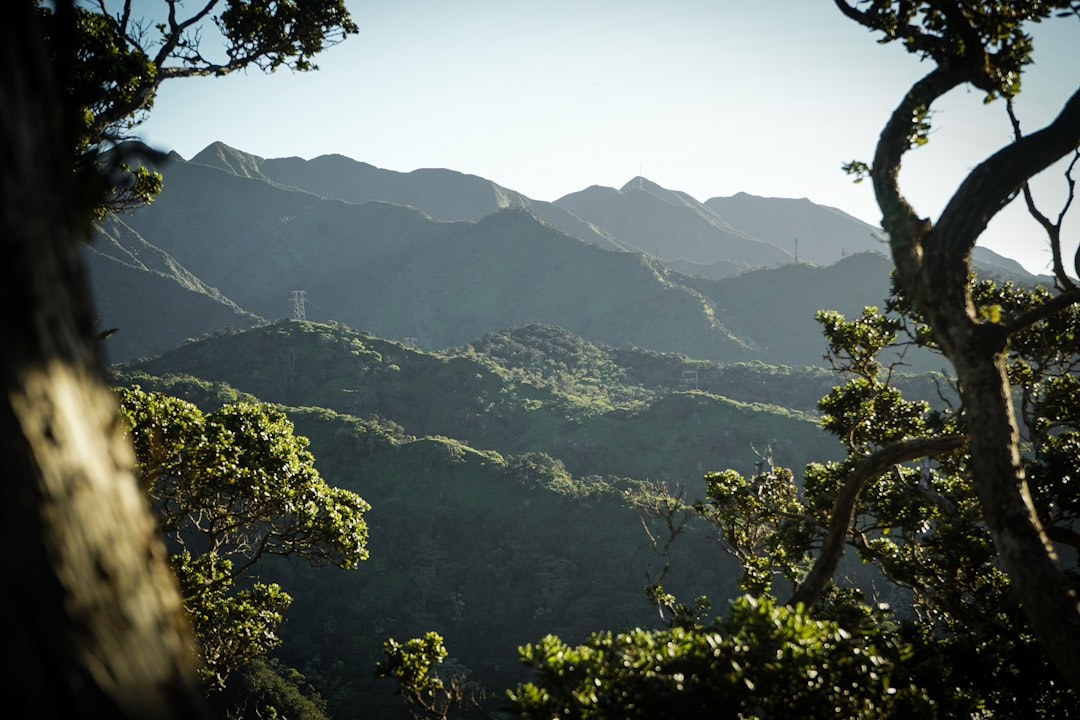What is it about?
The correspondence of elevational gamma and alpha diversity was largely scale invariant, implying that elevational and possibly other geographical diversity patterns can reliably be studied at different spatial scales. Nonetheless, the alpha diversity pattern was the least pronounced at fine grain size, particularly for woody life-forms. This finding suggests that for large-scale patterns such as elevational gradients at regional or continental scales, coarse grain sizes and large areas for gamma estimation are more appropriate.
Featured Image
Why is it important?
The findings of this study have significant implications for understanding the biodiversity patterns and processes of the high-elevation Himalaya and their drivers at different spatio-temporal scales. This information can ultimately contribute to the sustainable management of regional biodiversity. Moreover, the study reveals whether the species data of a different scale can be compared or synthesized for a region, which is crucial for studies concerning spatio-temporal changes in the patterns of biodiversity.
Read the Original
This page is a summary of: Scale sensitivity of the relationship between alpha and gamma diversity along an alpine elevation gradient in central Nepal, Journal of Biogeography, February 2018, Wiley,
DOI: 10.1111/jbi.13188.
You can read the full text:
Contributors
The following have contributed to this page










